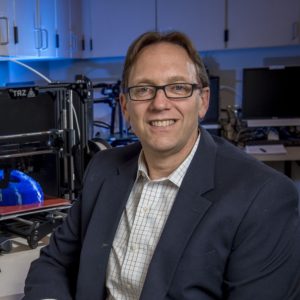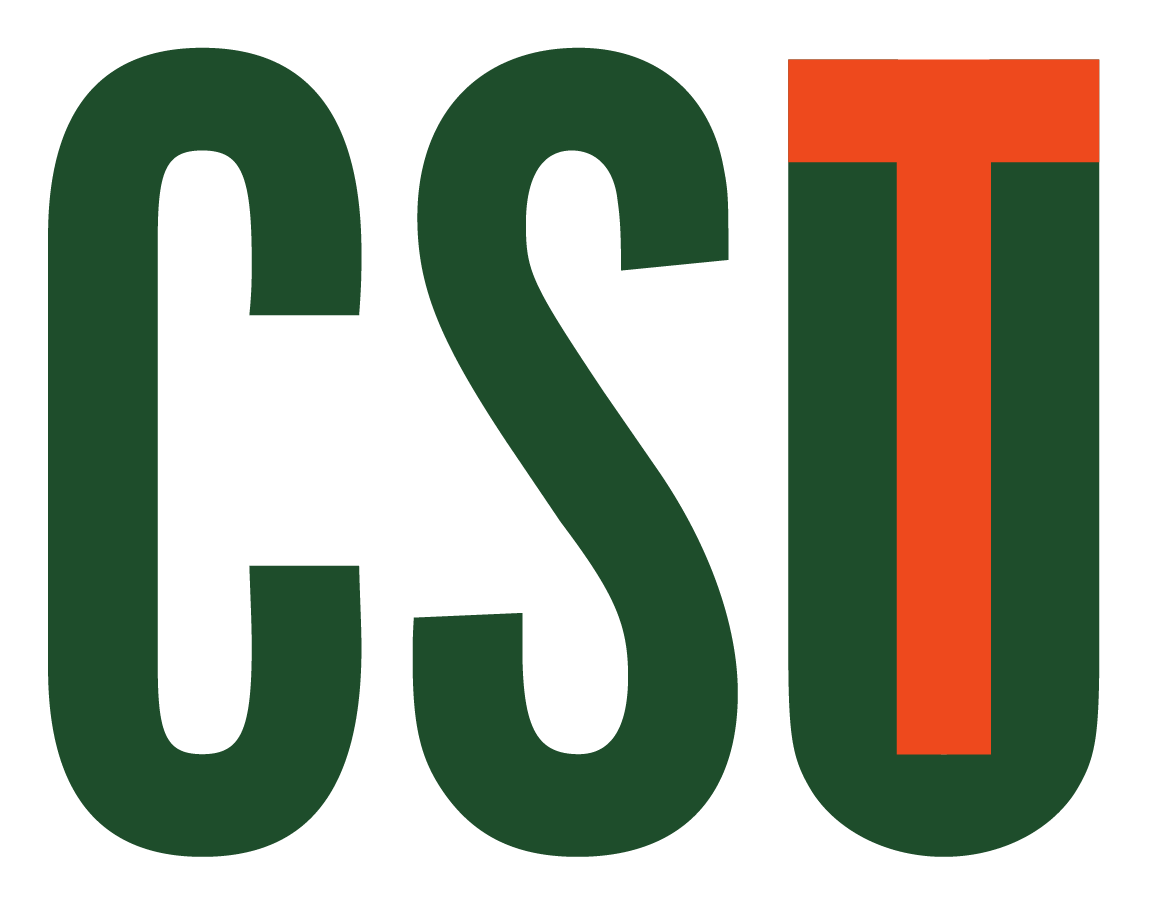
In today’s “Five Minutes with SOURCE,” Vice President for Research Alan Rudolph sat down to discuss his role in the Courageous Strategic Transformation plan and its impact across Colorado State University.
Research has been thriving at Colorado State University, with annual expenditures topping $400 million and many of our COVID-related research projects earning national and even international attention. There’s no question that research is a foundation of our land-grant mission, but what makes CSU research uniquely courageous and strategic?
Our research at CSU — and specifically our researchers at CSU — have recognized and taken on the grand challenges of our times in health and climate change; that’s courageous. And we’ve committed to applying sustainable and resilient principles and practices in addressing these challenges; that’s strategic. What excites me is that anyone reading the Courageous Strategic Transformation plan or the accompanying Operational Framework will clearly see the pairing of these two qualities — courage and strategy — in the ways that our research goals are framed. We clearly lay out that we will hold ourselves accountable to (the key performance indicators) in meeting these global challenges. We set aspirational and courageous goals in doubling our research and scholarly enterprise, and specifically doubling our graduate and post-doctoral research scholars to meet these challenges. The key performance indicators we have set show our bold commitment to addressing the challenges of our times.
It’s obvious to see how one of the four strategic imperatives of Courageous Strategic Transformation, Innovation, is embodied in an applied research project like the development of a new technology. But how do you see Innovation as a goal and a through line of all kinds of research at CSU?
The beauty of the land-grant mission is that it is founded in the need and passions to bring our discoveries and ideas to community and societal scale, whether that’s the “discovery” — through the creative process — of a new poem or artwork, or socio-political solutions, or research done at the laboratory bench, or fieldwork in the mountains and plains. It all starts with discovery and with new ideas. We have purposefully infused these words into the research goals articulated in Courageous Strategic Transformation and I believe that as we achieve our goals, we will model innovation in a way that brings both our land grant purpose and our incredible spirit of discovery to life.
Another of the Strategic Imperatives is Impact. What does Impact mean — and what does it look like — at a land-grant research university? And can CSU research really have a global impact?
Impact has so many diverse faces across our land grant research and scholarly mission. CSU discoveries and innovations have already made significant impacts in Colorado and across the globe, impact that is often expressed by the products of these efforts, including peer-reviewed studies, manuscripts and books, the visual and performing arts, inventions and patents among other creative works. Often impacts grow over time, with the wider realization of ideas that started in Fort Collins, such as the Peace Corps, which started here at CSU, is a great example.
The themes found in Courageous Strategic Transformation build on CSU excellence and will position our research and scholarly community to continue to make impacts in Colorado and around the world. We have tremendous international collaborations across the globe in so many areas of focus, including agriculture, water, infectious disease, renewable energy, land management, and urban and ecological sustainability and resilience. Our collaboration with the CSU Research Foundation will help transfer technology to communities and be important to achieving our goals. So will solidifying key partnerships in industry and our community-engaged practices.
We are also pursuing exciting new areas of impact: soil health; regenerative medicine; carbon neutrality; agricultural biosecurity; cybersecurity; artificial intelligence and data sciences; hydrogen as a fuel source; fast laser science; drone applications; resilience to extreme climate changes such as drought and wildfire, and so many more. This is matched by our commitment to the natural sciences, humanities, and liberal arts as foundational elements of who we are as citizens in societies and communities of Colorado and the world. The path to impacts for CSU research and scholarship are limitless, thanks to our boundless imagination and the passion we have to share our discoveries with the world.
Across a number of areas of Courageous Strategic Transformation, we call on our students, faculty and staff to collaborate and work across disciplines and units. Why is this so important to our research mission? And can you give examples of powerful collaboration and/or interdisciplinary research already happening at CSU?
The research and scholarly enterprise we have nurtured in the last five years recognizes the need to hear solutions big challenges from diverse researchers. We believe that diversity is essential for new ideation and solutions, and not just diversity of disciplines and training, but diversity created through inclusive excellence.
Our office has invested in interdisciplinary team science, which has been expanding across our campuses thanks to core investments in the Institute for Research in the Social Sciences and internal funding programs like the Catalyst for Innovative Partnerships. These efforts position us well for facilitated interdisciplinary teams around health, climate and sustainability. We have also studied our teams and learned important things about how they function and how we can maximize their productivity by attending to factors like the role of women, graduate students, patents and technology transfer, and team meeting dynamics. Through this process, we have created powerful interdisciplinary teams working on air and water quality, one health, all aspects of aging, the microbiome, biomanufacturing, access to energy, and food systems.
The Office of the Vice President for Research is proud to host five strategic centers and institutes: The One Health Institute, the Infectious Disease Research Center, the Energy Institute, the Center for Healthy Aging, and the Data Sciences Research Institute. Each of these assets will facilitate interdisciplinary teams to achieve Courageous Strategic Transformation goals. They already engage many faculty across departments and colleges, and offer student capstone projects, internships, and community and industry engaged projects. They are part of graduate and post-doctoral training and also bring significant federal, industry and foundation and philanthropic donors to CSU. This is also true for many of our other centers and institutes, which also house core research facilities and interdisciplinary collaborations. Expanding focused efforts to achieve our Green and Gold goals in research and scholarship was one of the significant inputs from the research community when the strategic plan was drafted.
During my career in both civil service and as the leader of a biotechnology company, I have seen many strategic plans created. I am excited by the passion we have shown in creating the Courageous Strategic Transformation plan; it is a bold statement of who we are and want to be. The themes we have identified as important to us, and the goals we have set in the research and scholarly mission, inspire us to meet the challenges of our times. I look forward to the journey of discovery together in meeting the challenges and achieving the goals we have set for ourselves.
